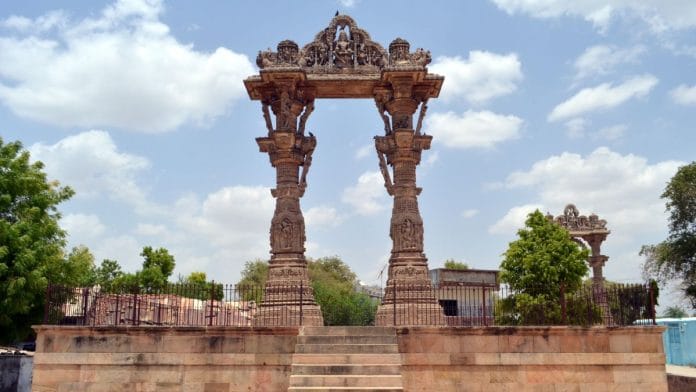There’s a notable rise in innovative museums across India, such as the Museum of Art or MAP, and the recently opened Science Gallery in Bengaluru. This reflects a positive shift in the perception of museums from mere repositories of antiquities to dynamic educational platforms. However, archaeological site museums continue to face challenges, struggling with outdated infrastructure and insufficiently trained staff. Efforts are needed to modernise them and effectively communicate the stories of archaeological sites to visitors.
Historically, museums were often haphazardly organised and lacked proper planning and preservation strategies. But now there is a growing awareness and interest in archaeology, necessitating museums to interpret historical findings for the public through interpretation centres and advanced technologies like Artificial Intelligence. The upcoming Vadnagar Archaeological Museum in Gujarat signifies progress in this cultural sector, but further developments are essential to advance cultural studies in India.
In pursuit of an excellence
An archaeological site museum houses artefacts and other valuable objects recovered during excavation. These museums, built on-site, are a great way of educating visitors about the excavation process, adding a human touch to broken potsherds and fragmentary bones. They add meaning to a site and its surroundings. The concept of a site museum originated with on-site store rooms, allowing the study of findings such as artefacts, architectural members, sculptures among other things in their natural setting without permanent displacement.
However, unfortunately, the idea for a site museum remained mostly archaic. Many Harappan sites such as Rakhigarhi in Haryana’s Hisar district, Bhirrana and Banawali in Fatehabad district still don’t have a museum. At these sites, most visitors are lost without a trained guide or adequate information to educate them.
A decade ago, an important Harappan site in Rajasthan, Kalibangan—which was excavated in 1960’s for multiple field seasons—had a store room. Now it has been turned into a museum and it’s the first pitstop of every visitor. On sites such as Nalanda and Sarnath, where there is enough tourist flow, the challenges and the requirements are very different. However, for Kalinbangan located in a rural setting of Hanumangarh district of Rajasthan, the need for a museum is tenfold.
It’s not enough to just build archaeological site museums, maintaining them is as important. The location, poor infrastructure, limited staff and minimal upgrades at site museums – such as those at Gujarat’s Lothal and Dholavira—are causes of concern. While Lothal is all set to have a state-of-the-art National Maritime Heritage Complex and Dholavira may also receive a state-funded museum, a museum on the archaeological site should also undergo a much-needed makeover.
Also read: Rajgir’s rediscovery is as complex as its history–12 archaeologists unravelled its mysteries
Industry, innovation and infrastructure
According to the International Council of Museums, this year’s agenda, or goal, is to build resilient infrastructure, promote inclusive and sustainable industrialisation and eventually foster innovation in the museum sector. People are increasingly craving new immersive experiences. They want more interaction with the objects rather than merely trying to decipher the artefacts behind showcases. There is a growing need for storytelling, as each archaeological site has a story to tell. New-age tech, state-of-the-art design and well-trained staff can do the job.
That’s why all eyes are set on the Vadnagar Archaeological Museum, where people will get to experience the site and empathise with its story. This museum can eliminate the gap between an archaeological site and people. Credit for its creation not only goes to archaeologists, but also designers, administrators and other stakeholders. As this museum prepares to open its door, one can hope for similar initiatives at sites like Rakhigarhi. Even if we are unable to fund mega projects for all the archaeological sites, we can still prioritise upgradation, the inclusion of new tech, and improved infrastructure.






